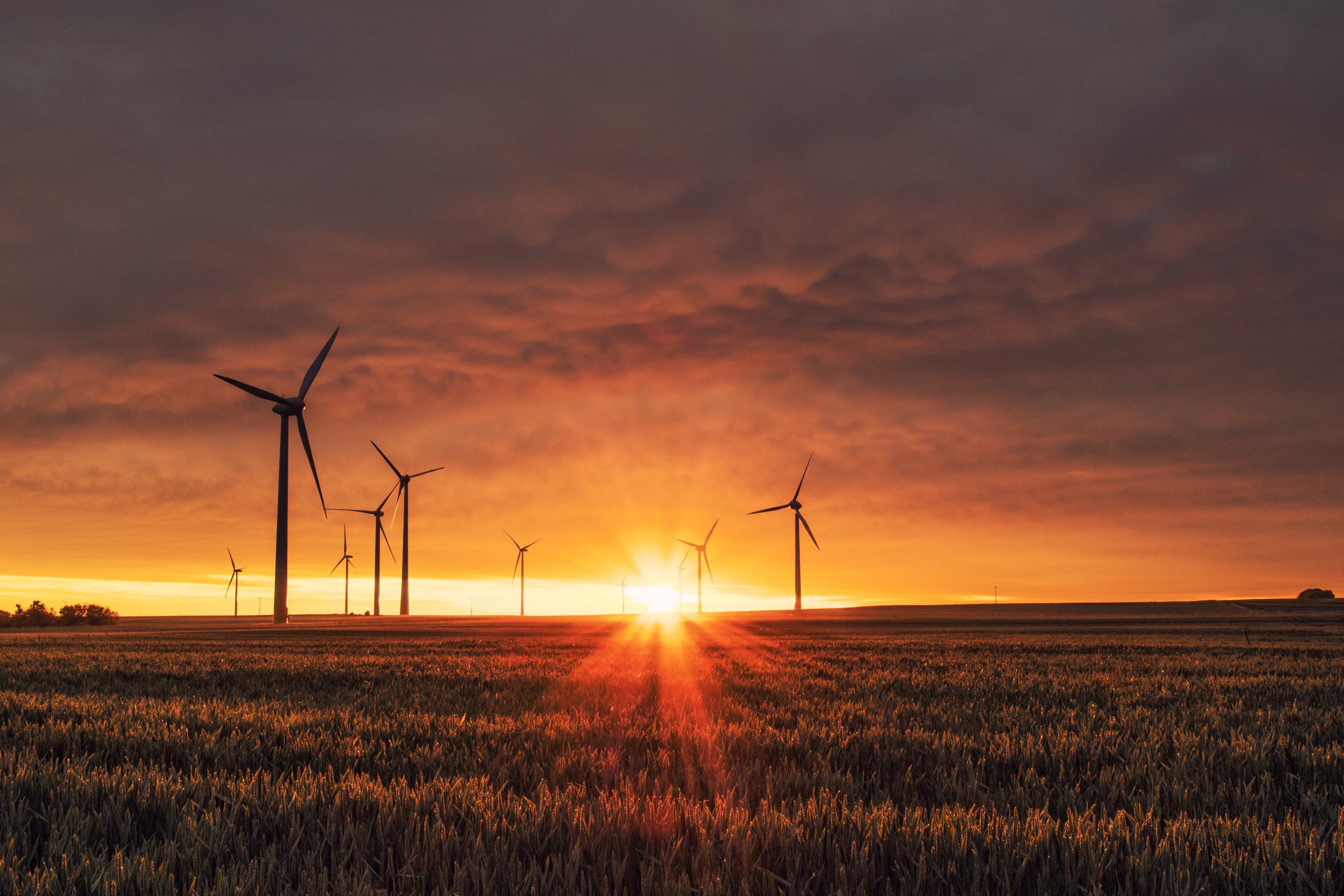China has slashed clean energy funding by 39%, leading a global decline

Worldwide funding of clean-energy projects fell to its lowest level in six years, in a staggering blow to the battle against climate change.
The findings: BloombergNEF found that global investments in solar, wind, and other clean energy sources added up to $117.6 billion during the first half of 2019, a 14% decline from the same period last year and the lowest six-month figure since 2013.
China saw a 39% drop in investments, as the nation eases up on its aggressive solar subsidies to get costs under control. But spending also declined 6% in the US and 4% in Europe, part because of policies that are being phased out and weak demand for additional energy generation in mature markets.
The big picture: The new report suggests last year’s slowdown in renewable-energy construction has extended into 2019, taking the world in exactly the wrong direction at a critical time (see “Global renewables growth has stalled—and that’s terrible news”). Every major report finds that the world needs to radically accelerate the shift to clean energy to have any hope of not blowing past dangerous warming thresholds (see “At this rate, it’s going to take 400 years to transform the energy system”).
More bad news: BNEF found that private investments into clean energy companies also declined, ticking down 2% to $4.7 billion, limiting the pipeline of the innovative new companies needed to solve remaining challenges in the climate puzzle.
Reversing the trend: Preventing the spending dip from solidifying into a sustained trend will almost certainly require more aggressive government policies, both pushing clean energy development and providing incentives to increase private investment.
Deep Dive
Climate change and energy
The problem with plug-in hybrids? Their drivers.
Plug-in hybrids are often sold as a transition to EVs, but new data from Europe shows we’re still underestimating the emissions they produce.
Harvard has halted its long-planned atmospheric geoengineering experiment
The decision follows years of controversy and the departure of one of the program’s key researchers.
Why hydrogen is losing the race to power cleaner cars
Batteries are dominating zero-emissions vehicles, and the fuel has better uses elsewhere.
Decarbonizing production of energy is a quick win
Clean technologies, including carbon management platforms, enable the global energy industry to play a crucial role in the transition to net zero.
Stay connected
Get the latest updates from
MIT Technology Review
Discover special offers, top stories, upcoming events, and more.